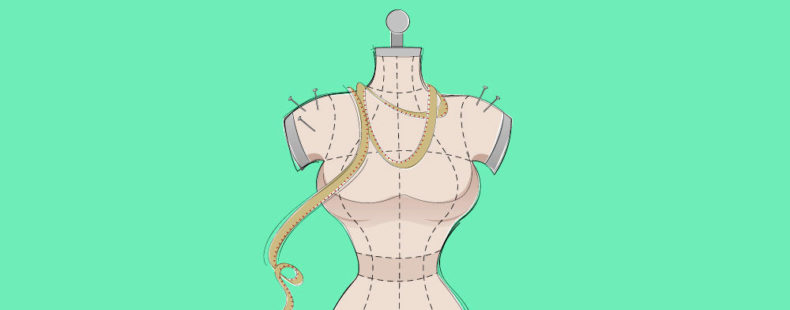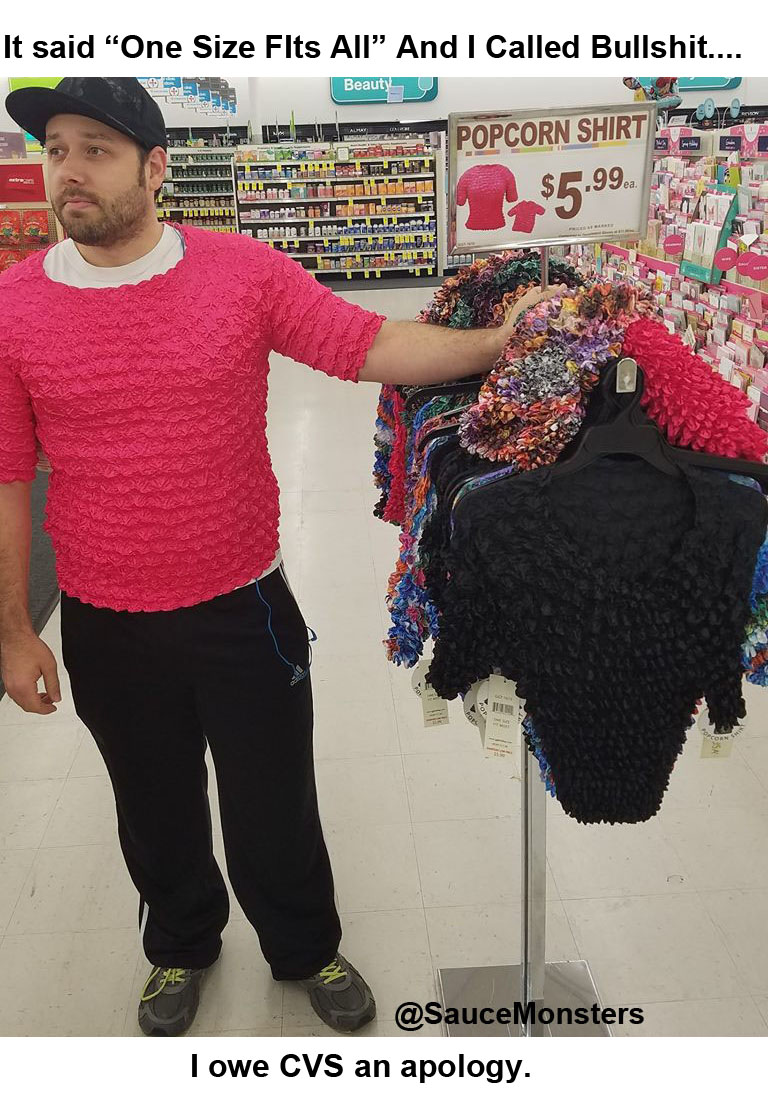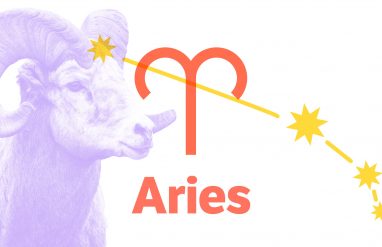fluent in fashion
Do you just smile and nod your head in agreement when you watch Project Runway and other fashion shows with your friends?
Some terms come and go just as quickly as “in” colors and hemlines. One year something’s “trendy” and the next year it’s “on trend.” Here are some essential fashion buzzwords that never go out of style. In just a few clicks, we’ll have you sounding like Heidi Klum.




























